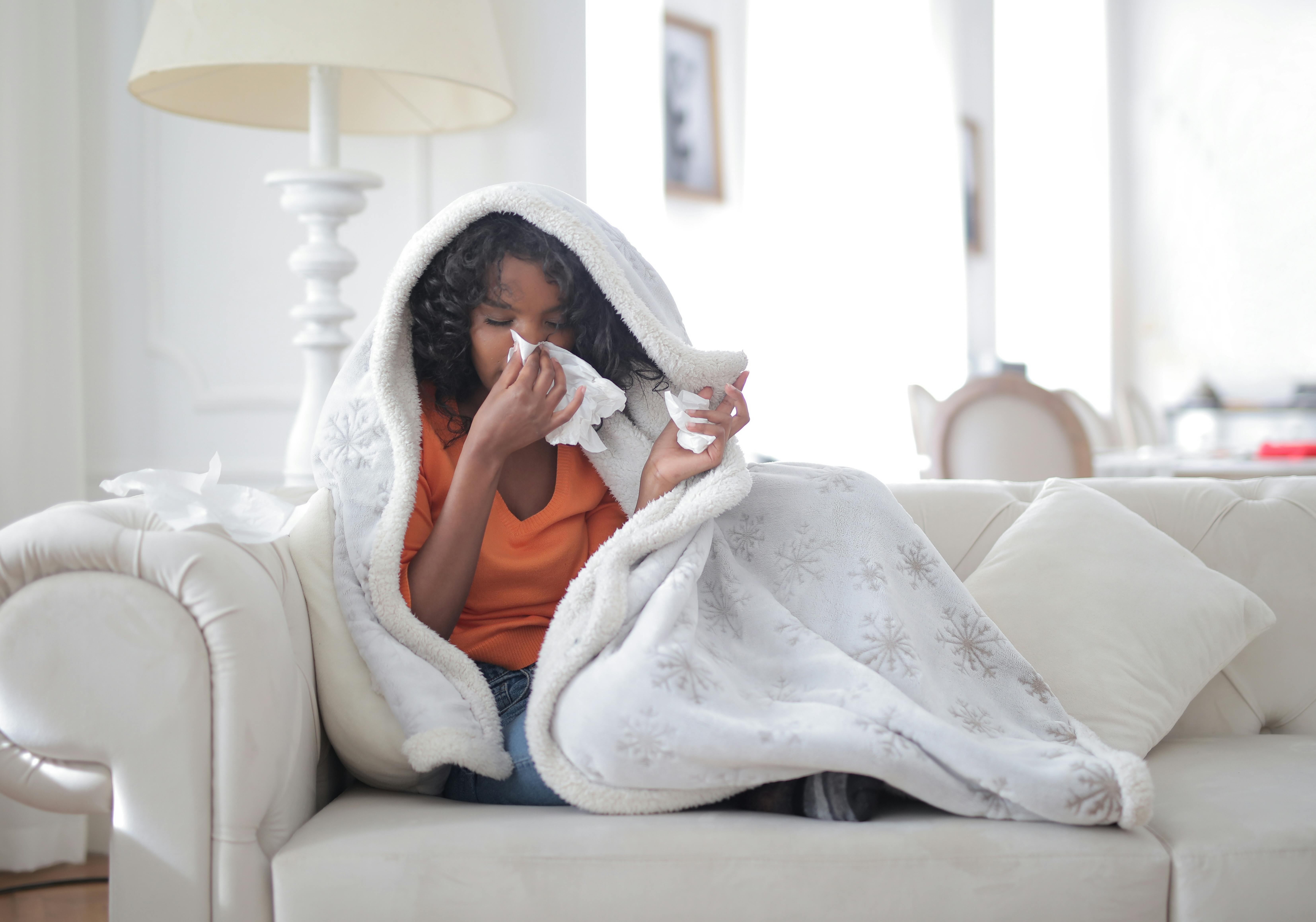
- Author: Oleg
- 22 Aug, 2021
The novel coronavirus known to the medical community as the Severe Acute Respiratory Syndrome Coronavirus 2 (SARS-CoV-2), was allegedly first detected in Hubei province of China in December 2019.
China’s success
China was the first country in the world to confront the new pathogen, and was therefore at the frontier of the world’s COVID-19 response. In East Asia China is also one of the countries where traditional medicine treatments such as acupuncture and herbs are delivered alongside with and effectively integrated into the modern hospital-based healthcare. While it may vary from institution to institution, according to the state statistics, over 85% of patients in China have received the Traditional Chinese Herbal Medical treatments alongside the pharmaceutical intervention during the COVID-19 response.
Considering China’s almost 1.4bln population in relation to 92,811 cases identified (only 0.007% of the population) and treated, with 87,288 recovered (94% success rate), with the new infection rate counting mere 10-50 cases per week in the current global “3rd wave” of infection, this may be called a highly successful response! Could the administration of preventative and supportive care in the form of Traditional Chinese Medicine be one of the factors contributing to this success?
China is also known for success battling other coronavirus diseases, including SARS the “bird flu” of early 2000s, and MERS the “swine flu” of 2010s, where Traditional Chinese Herbal Medicine was also used at a state-mandated level. The strategy employed by China at that time was able to cripple the pathogen and prevent the epidemic growing into a full-scale pandemic.
TCM diagnosis principles
The diagnosis according to the traditional Chinese medical principles is based upon correlation of signs and symptoms experienced by the patient. The signs and symptoms form a “pattern” of how the body reacts to the pathogen, and indicates the nature of the pathogen (e.g. hot, warm or cold), the origin (external or internal) and location i.e. the organs or their corresponding energy channels, where the pathogen is lodged within the organism. This in turns defines the strategy, tools and the course of the treatment.
In case of exogenous pathogens, the diagnosis is usually performed against either of the two major theories - Shang Han Lun (伤寒论), “The Treatise on Cold-bourne pathogens” and Wen Bing (温病), “The Warm Disease” theory. The former belongs to the “Northern” school of medicine that was predominantly focused on the diseases found in the North of China bourne in cold climates, while the latter - developed some 800 years later - reflects the experience the Chinese doctors had in the Southern part of China where population was exposed to highly toxic epidemic pathogens prolifirating in hot weather.
According to the origin (Wuhan, North of China), current observations of SARS-CoV-2 patterns and its symptomatic differentiation, the disease has a predomnantly “cold” nature and therefore - the Shang Han Lun theory is more appropriate.
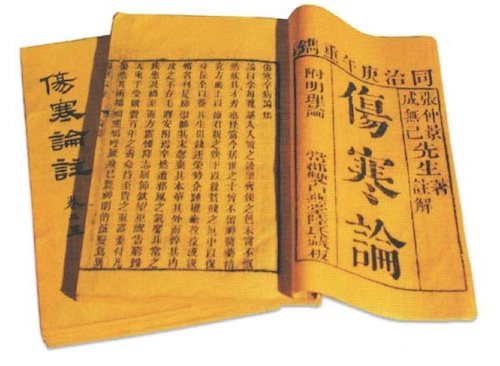
Shang Han Lun syndrome differentiation
Shang Han Lun literally translated as “On Cold Damage” is amongst the oldest complete clinical textbooks in the world, which has been used as guide by the physicians for over 2220 years - long before the modern medicine was even conceived in the West. It describes the invasion, progression and treatment of exogenous febrile diseases bourne by “cold-natured” pathogens.
It was written by Zhang Zhong Jing (張仲景), a prominent doctor who lived in the early 3rd century in He Nan province of North China. At one pont, Zhang’s family village was severely affected and almost wiped out by a devastating epidemic disease. That’s how he writes about it:
My family was formerly large, once counting over 200 members. However from the beginning of the Jian-An reign, in less than 10 years 2/3 have died , 7/10 of them from Cold damage. Lamenting the fall of our glorious past and the untimely loss of so many lives that could not be saved, I have diligently sought the guidance of the ancients, widely collected the various remedies, and consulted the classic texts … to create Shang Han Lun. Although this book cannot completely cure all diseases, it provides the means to understand the origins of the illness, and if the reader follows the materials collected, he should be able to think [and cure] over half of these medical problems.
Shang Han Lun sees the organism as a layered structure. Once the pathogen enters the body, if not contained and stopped - it progresses through these layers making way into the interior. The more internalised the pathogen is, the more dangerous it is for the patient, and the more difficult it is to treat. Therefore, if the pathogen entering cannot be prevented by strengthening the protective mechnanisms, it is most appropiate to begin the treatment as early as possible, and concentrate on containing the pathogen with utmost intensity at the earliest stage possible. Once the pathogen enters, it undergoes transmutations at each layer, and may transform into something very different in nature - e.g. a “cold” pathogen involved in a struggle with the bodily protective forces may present as vigorous heat generating one.
Tai Yang (太阳) - the Greater Yang - the protective screen
This layer forms the bodily defense barrier that resists all external pathogens. In terms of the acupuncture meridians - this layer is governed by the Urinary Bladder (UB) and Small Intestine (SI) channels. The UB channel runs along the whole back, the nape and the neck, and the posterior head.
If a person is seen as a four-legged animal, the UB channel is the outermost layer where shielded animals develop most protection - think of the area where the spikes of a hedgehog are, or the hardest shell of a tortoise. The SI channel covers the outermost section of the hand (think of the outwards part of the “black skin” - the areas mostly exposed to the sun) - again the outermost layer of the hand that first meets the environment.
Exogenous pathogens usually affect the Tai Yang first, and the major signs of this layer affected include headache and stiffness of the back, head and nape; fever, aversion to wind and cold, absense of sweating (because the “cold” is blocking the pores). The most appropriate treatment strategy at this level is to induce sweating to open pores thus releasing the pathogen. Hot-natured herbs such as Ma Huang (ephedra), Xi Xin (wild ginger), Gui Zhi (cinnamon branches), Sheng Jiang (fresh ginger root) are used, as well as covering the patient with warm blankets and giving lots of fluids to activate the Urinary Bladder to release the pathogenic substance through the urine. This kind of treatment is historically known to many traditional medicines and practiced in Iran, Germany, England, Russia and other contries.
Yang Ming (阳明) - the Bright Yang - the digestive system
The second layer commonly affected is the layer that has another opening to the environment - i.e. the mouth. It is governed by the organs and channels of the Stomach (ST) and Large Intestine (LI), the digestive system. Once the pathogen enters this stage, there are often high-grade fever, gastrointestinal discomfort with diarrhea and sore stomach. The treatment principles is to transform dampness with herbs such as Huo Xiang (patchouli) or release the toxins by administering herbs such as Huang Lian (coptis root) or Da Huang (rhubarb root) that clear heat-dampness from the digestive system through the normal “intestinal” pathway downwards.
Tai Yin (太阴) - the Greater Yin - the nutritive fabric
This layer is goverened by the channels of Lung and Spleen. Lung organ has yet another opening to the environment - the nose, and is the only Yin organ directly affected by external pathogens. Apart from its relation to the Lung, the Spleen is a paired organ of the Stomach that transforms food into a usable form, i.e. liquids and energy that is usable for this particular body. According to the TCM theory, this is done through the process similar to distillation or refinement.
Once the energy is “distilled” from food by the Spleen, it undergoes further refinement by being uplifted to the Lung where it is mixed with the other more subtle “kind of food” entering the body through the Lung - the air and its associated subtle components. This “mixed Chi” then falls down and accumulates in the basic energy center - the Kidney or the Dan Tian (The “cinnabar field”, located in the lower part of the Stomach). This energy called “The Essence” serves as the catalyst for all bodily reactions and processes, and it plays part in creating bodily fluids and tissues. The first Essense we receive in life comes from our parents. It is then constantly augmented by the energy we get from the environment. Lack of Essence usually means the body is weak and frail. The Essense may be depleted by a pathogen, but also through overwork, taking recreational drugs or through excessive sexual activity.
Since “The Essence” effectively gives support to all processes in the body, when the pathogen enters this layer - the condition becomes very serious as all bodily functions, i.e. the ability to accept and accumulate the energy for living and to generate bodily materials, becomes impaired. The condition like that may correspond to a hospital emergency.
Preventing the invasion
The first line of defence is of course our immune system. This modern concept is closely associated in TCM with the Tai Yang division (as above), and the so-called Wei Qi or protective Qi, which is created from the energy derived or rather “distilled” from food, air and impressons (the three kinds of human food) with the aid of the kidney Essence. The classic formula that strengthens this aspect of human’s Qi is Yu Ping Feng San - the Jade Screen Powder. There are only three herbs:
- Huang Qi (黄芪, Radix Astragalus membranaceus) - tonifies the essential Qi, protective Qi, stabilizes the exterior and tonifies the Lung (the organ that derives Qi from the air).
- Bai Zhu (白术, Radix Atractylodes macrocephelae) - strengthens the Spleen (the organ that derives Qi from food), tonifies Qi, stabilizes the exterior. With Huang Qi and Fang Feng it is recommended for the weakness of the exterior that may show as spontaneous sweating, aversion to Wind, propensity to catch colds and flu’s.
- Fang Feng (防风, Radix Saposhnikovia) - enters the Kidney to tonify the essense, then continues working along the spine’s Du Mai vessel into the nose, strengthening the Lung’s opening and the Lung organ. It releases exterior pathogens and expels External Wind (viruses/bacteria). With Huang Qi, it prevents external Wind from entering the skin.
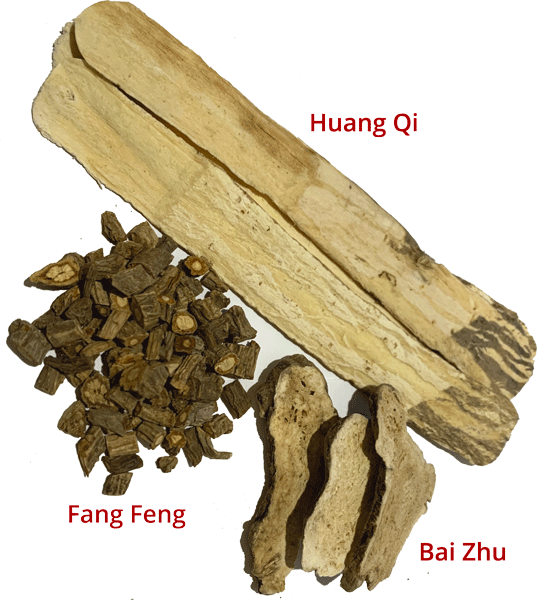
Traditionally, Yu Ping Feng San is prepared as powder with the following dosage:
- Huang Qi, 120g
- Bai Zhu, 60g
- Fang Feng, 60g
The three ingredients (roots) are first dried on low fire in the owen (~50C) and then crushed using a herb/spice/coffee mill or a strong blender. Taken 1 tbl spoon 3x/day at least 30 min before or 1 hour after the meal.
Prepared as a decoction
- Huang Qi, 18g
- Bai Zhu, 9g
- Fang Feng, 9g
Combine roots and 6 cups water in saucepan and simmer for 20 minutes. Remove from heat and, once warn, strain out and set aside the roots. Divide the liquid into 3 servings (3 large cups) and consume at evenly spaced intervals throughout the day - better 30 min before or at least 60 min after the meal. The following day, you may reuse roots to repeat the process, although the decoction won’t be as strong. It is better to keep the decoction in the flask so it remains warm.
NOTE it is important to keep taking the decoction (or powder) for a relatively long time - weeks or even months. Just like most herbal formulas, it will slowly “build up” the necessary energy in the body adjust the mechanics of the internal organs to produce more protective Qi.
We believe taking Yu Ping Feng San is a single best protective measure you can take to prepare yourself to the onslought of the disease, especially if complemented by a healthy routine such as a wholesome fiber-rich diet that includes fruits high in Vitamin C, regular walks, doing regular exercise without excertion, and practicing meditation.
Buying in New Zealand
Best place to buy fresh herbs in Auckland (in terms of price/quality ratio) is the Chinese herbal shop called Tong De Tang. If you buy 500g or more, it is considered a wholesale and you get a wholesale price. While registered TCM doctors (such as myself) get a small discount, the price is stil very reasonable even for a walk-in customer. Tong De Tang deliver NZ-wide. If there is no Tong De Tang in your area, you can try Beijing Tong Ren Tang, however fresh herbs there are more expensive.
Both Beijing Tong Ren Tang and Tong De Tang occasionally sell Yu Ping Feng Wan formula in a prepared form, as tablets or liquid. However, due to the increased demand, you will be lucky if you get it off the shelf. The prepared formula is of course less potent than the freshly prepared herbs.
COVID-19 stages and patterns
If it happened, and the disease entered the body – it progresses through attacking the three layers described above. Based on the level of engagement, COVID-19 can be divided into early, middle, critical and recovery stages:
Early stage invasion, Medical Observation Period
The early stage, also known as the “medical observation period” in the Chinese COVID-19 handbooks may present similar to a stomach bug (Yang Ming stage with Damp-Heat invasion) or a common cold or flu (Tai Yang stage with toxic heat).
Yang Ming stage - fatigue with stomach discomfort (“stomach bug” - like)
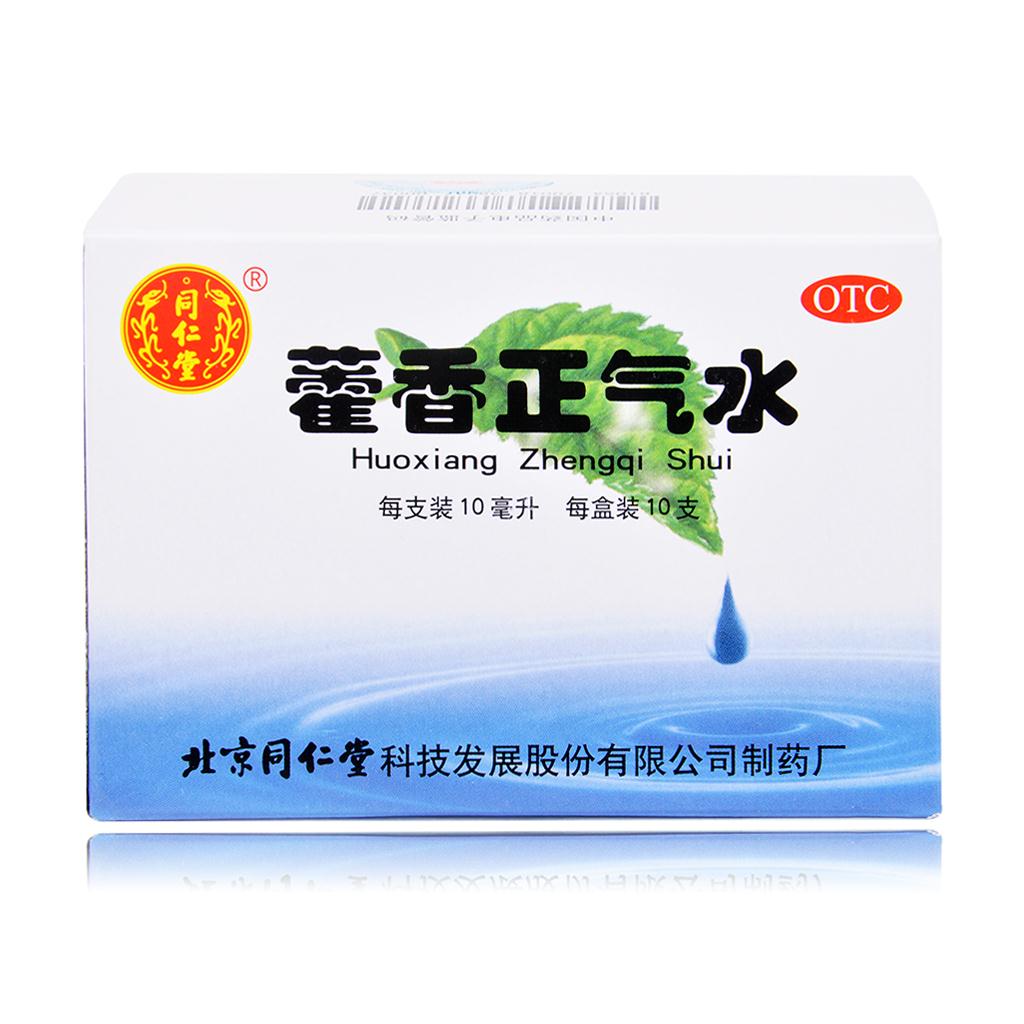
Huo Xiang Zheng Qi Wan (藿香正气片), “Streighten the Chi formula with Patchouli”, which may come as a pill or an oral liquid, and is produced by a large number of manufacturers
This is an extremely common Chinese formula that treats viruses affecting digestive systems, also known as “stomach bug” or the “tummy flu”. It is a must-have formula in most Chinese households and is often sold at Chinese groceries around New Zealand - the supermarkets such as Tai Ping or Dragon Bell.
Most common combination contains such herbs as Huo Xiang (patchouli), Bai Zhi (Dahurian angelica root), Bai Zhu (atractylodes), Chen Pi (tangerine peel), Hou Po (magnolia bark), Zi Su Ye (Perilla leaf), Ban Xia (Pinella tuber), Jie Geng (Platycodon root), Da Zao (sour date), Gan Cao (liqourice root).
The overal “temperature” this formula is relatively warm, and the effect is to remove Damp-Heat from the Yang Ming channel, while clearing the common exogenous invasion sympthoms. Clinically, whether it is a cold dampness or a summerheat dampness, as long as the patient has gastrointestinal signs, such as abdominal pain and diarrhea, thick yellow or white tongue coating - the formula can be used for this syndrome.
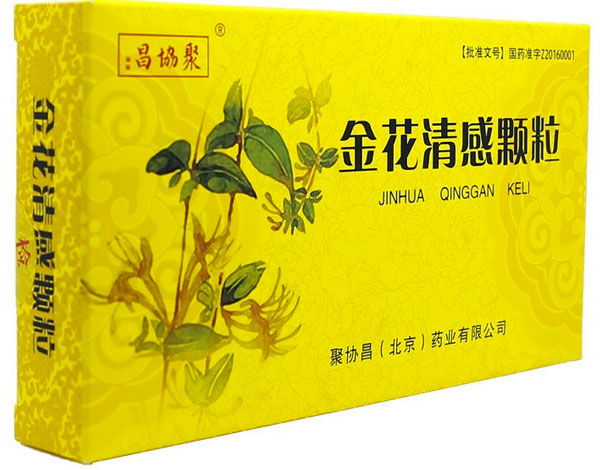
It should be noted that in its oral liquid forms of Huo Xiang Zheng Qi formula, it contains alcohol. It is forbidden for people who are allergic to alcohol, and cannot be used in combination with cephalosporin antibiotics, metronidazole, etc.
Fatigue with fever (“common cold” or “flu” - like)
At this stage the disease is still moderate.
When a Wind-Heat invasion is prevalent, which is indicated by not only fever but sore throat, then choose from one of the following two formulae. These are more modern Chinese preparations that expel Wind and clear Heat toxin, that were developed at the outbreak of SARS and MERS.
- Jin Hua Qing Gan Ke Li or Honeysuckle granules to Clear Cold (Chinese name: 金花清感颗粒), that consist of Jin Yin Hua (honeysuckle), Zhe Bei Mu (fritillarium), Huang Qin (Baikal skullcap root), Niu Bang Zi (arctium lappa seeds), Qing Hao (sweet artemisia) and other herbs
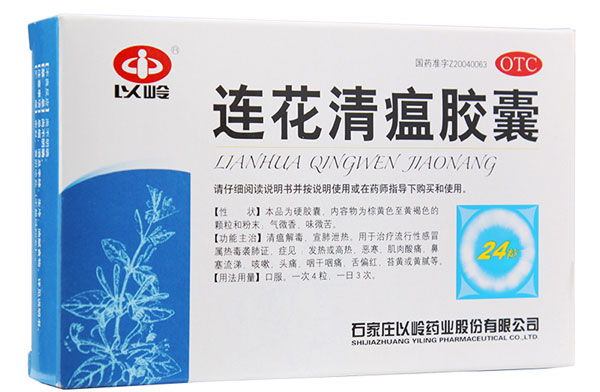
When the symptoms are akin to common cold, i.e. the fever is low grade and there is no sore throat - then take Shu Feng Jie Du or Expel Wind Release Toxin formula available as capsules or granules (Chinese name: 疏风解毒 胶囊/颗粒).
Formula make-up
These are not the complete formulae but rather a list of ingredients. Since the three formulae above are all patented, there is no dosage for the herbs available in open access for individual preparation.
Shu Feng Jie Du (疏风解毒颗粒)
- Hu Zhang (虎杖, Polygoni Cuspidati Rhizoma et Radix) - is an unusual herb for these type of prescriptions. It is a bitter and cold herb with primary function to activate blood circulation and remove blood stasis, and secondary functions of clearing heat and eliminating toxins, particularly from the Lung. This herb’s modern use includes cancer.
- Lian Qiao (连翘, Forsythiae Fructus) - a typical heat-clearing herb present in many formulas for upper respiratory tract infections. Clears Heat (especially in the Upper Jiao) and relieves toxicity.
- Ban Lang Gen (板蓝根, Isatidis RadixIsatis tinctoria) - Drains Heat, relieves Fire toxicity, cools the Blood and benefits the throat. This is a very cold herb that was a lifesaver during SARS and MERS and its price increased tenfold during those epidemics. However, it was noted that it was not very effective against COVID-19 initially.
- Chai Hu (柴胡, Bupleuri Radix) - Disperses Wind-Heat and resolves Phlegm and congestion. A typical exterior-releasing cold herb that also acts to harmonize the digestion.
- Bai Jiang Cao (败酱草, Herba Patrinine) - Clears Heat, resolves toxicity, expels pus, eliminates Phlegm and reduces abscesses - both internal and topical. Treats Heat-induced Blood Stagnation with pain and obstruction especially in the abdomen and chest - a good choice for COVID.
- Ma Bian Cao (馬鞭草, Verbena officinalis L.) - Severe sore throat and other accumulations of Heat toxin including breast abscess, swollen and painful gums. The choice is perhaps for its anti-toxic nature.
- Lu Gen (芦根, Phragmitis Rhizoma) - Clears Heat and irritability from the Lungs and Stomach and generates fluids. Due to drying nature of the hot pathogen this is a good choice.
- Gan Cao (甘草, Glycyrrhizae Radix Et Rhizoma) - Moderates and harmonizes the harsh properties of other herbs, also acts as an anti-toxin
Buying early stage formulas in New Zealand
New Zealand has severe restrictions on importing certain herbs and formulas. With herbs such as Ma Huang (ephedra) banned by MAF (because it is used to produce recreational drugs, the formulas may only be assembled incomplete. In addition to that, the three formulas above are not available in New Zealand. Hence, it is best to search on amazon.com based on the formula name in English or Chinese, and import the formula from overseas - MAF are not as strict with individual imports.
Among the readily available formulas that may be found in New Zealand, the following could be used:
- Qing Wen Jie Du Wan - Available at Beijing Tong Ren Tang
- Yin Qiao Jie Du Pian (sometimes also spelled as “Yin Chiao Chieh Tu Pien”) may be bought from Tong De Tang in Newmarket, or online shops such as NineLife
Take them as adviced on the box in combination with Huo Xiang Zheng Qi Wan described above. NOTE it is important to take these formulas as soon as you notice first signs of the infection. It is best when the infection is stopped at this level and does not develop to the advanced stages.
Advanced stages
If the disease was not stopped at the uppermost levels and advances to enter the Shao Yang and Tai Yin stages - there is still a formula that applies here. The TCM diagnosis of this COVID-19 stage is three-fold:
-
Cold in the Tai Yang stage with Heat in the Lung - Ma Xing Shi Gan Tang (麻杏石甘汤) - is the forumula for this pattern recommended in Shang Han Lun, which contains Ma Huang (麻黄, Ephedra), Xing Ren (杏仁, apricot seeds), Gan Cao (甘草, licourice), Shi Gao (石膏, gypsum mineral). This formula is for clearing the lungs and relieve asthma, cough or pneumonia. There is also a similar formula She Gan Ma Huang Tang (射干麻黄汤) listed in the other classic text “The Recepies from the Golden Cabinet” (金匮要略) that is indicated for warming the lung to get rid of cold phlegm that has gotten into the Lung.
-
Shao Yang stage - half exterior and half interior syndrome - this stage in Shang Hang Lun is characterised by alternating chills and fever, and is very common with COVID-19 patients. Shang Han Lun recommends the formula called Xiao Chai Hu Tang (小柴胡汤), which contains Chai Hu (柴胡, Buplerum), Ban Xia (半夏, Pinella), Ren Shen (人参, Ginseng root), Gan Cao (甘草, liquorice), Huang Qin (黄芩, Baikal skullcap root), Sheng Jiang (生姜, fresh ginger)、Da Zao (大枣, Sour date)
-
Fluids and Dampness in the Tai Yang stage and the Lung - Shang Han Lun’s recommended formula for this pattern is Wu Ling San (五苓散). It is essentially a diuretic, for warming the Tai Yang meridian, removal of excess fluid, prevention of the retention of water and getting rid of dampness in the Lung - the pathogenic fluids that obstruct the breathing.
Qing Fei Pai Du Tang (清肺排毒汤) - Clear Lung and Detoxify decoction
The four formulas listed above make the one forumla used for this stage of COVID-19 clinically in China. This relatively modern formula which is produced as a singular product and distributed widely to all hospitals, and even abroad - e.g. when China provided help combating COVID-19 in Italy.
This prescription was listed in the 6th and 7th versions of the Guidance for Corona Virus Disease 2019. Prevention, Control, Diagnosis and Management book released by the National Health Commission. It has so far been used in 28 provinces and autonomous regions across China and has become a major tool in combating COVID-19.
Clinical research in Wuhan showed 99.28 percent of 1,262 patients in 10 provinces and cities using the prescription have been cured and discharged from hospital as of April 12, Wang Wei, vice-president of Beijing University of Chinese Medicine, at a press conference said, noting the concoction also plays a role in preventing patients with mild or medium symptoms from taking a turn for the worse.
The complete list of herbs for this formula is:
- Ma Huang (Ephedrae Herba, 麻黄) - 9g
- Xing Ren (Armeniacae Semen, 杏仁) - 9g
- Shi Gao (Gypsum mineral, 生石膏) (decocted first!) - 15-30g
- Zhi Gan Cao (Glycyrrhizae Radix, 炙甘草) - 6g
- Gui Zhi (Cinnamomi Ramulus, 桂枝) - 9g
- Ze Xie (Alismatis Rhizoma, 泽泻) - 9g
- Zhu Ling (Polyporus, 猪苓) - 9g
- Bai Zhu (Atractylodis macrocephalae Rhizoma, 白术) - 9g
- Fu Ling (Poria, 茯苓) - 15g
- Chai Hu (Bupleuri Radix, 柴胡) - 16g
- Huang Qin (Scutellariae Radix, 黄芩) - 6g
- (Jiang) Ban Xia (Pinellinae Rhizoma Praeparatum, 姜半夏) - 9g
- Sheng Jiang (Zingiberis Rhizoma recens, 生姜) - 9g
- Zi Wan (Asteris Radix, 紫菀) - 9g
- Kuan Dong Hua (Farfarae Flos, 款冬花) - 9g
- She Gan (Belamcandae Rhizoma, 射干) - 9g
- Xi Xin (Asari Radix et Rhizoma, 细辛) - 6g
- Shan Yao (Dioscoreae Rhizoma, 山药) - 12g
- Zhi Shi (Aurantii Fructus immaturus, 枳实) - 6g
- Chen Pi (Citri reticulatae Pericarpium, 陈皮) - 6g
- Huo Xiang (Pogostemonis Herba, 藿香) - 9g
The dynamics of the formula
In Chinese medicine, each herb has its properties, the target channels and organs where it enters, and these are further strengthened by combining herbs into formulae. Herbs are almost never taken in isolation, and each combination has a particular dynamics that must be carefully designed for each condition. Cooperating with and counterbalancing each other, the herbs bring the required effect.
- Ma Huang, Xi Xin, Sheng Jiang and Gui Zhi are the hot herbs that release the exterior condition
- Xing Ren, Kuan Dong Hua, Zi Wan - all of these are indicated for cold phlegm in the Lung. According to our experience, this combination relieves cold phlegm very efficiently.
- Shi Gao is a mineral of a very cold nature that reduces fever and heat in the Lung
- Huang Qin is an excellent herb for treating damp-heat in the Lung. In this formula it is coupled with She Gan that relieves sore throat, expels fire toxin from the Lung and relieves Phlegm-heat obstruction
- Zhi Shi (cool) and Chen Pi (warm) are both herbs for moving the Chi and relieving stagnation
- Fu Ling and Zhu Ling (both are tree mushrooms) plus Ze Xie leach out dampness through urination and strengthen the Spleen
- Bai Zhu along with Fu Ling and Chen Pi is a traditional combination for boosting the Spleen, further strengthened by Shan Yao which is a tonic herb that boosts the Qi i.e. the defensive forces
- Huo Xiang and Chai Hu target the digestive aspect of the disease, of which Chai Hu is also releasing the exterior and treating the half-interior/half-exterior condition
- Gan Cao the liqorice is the “glue” that harmonises the decoction
Administrations and Dosage
This formula is suitable for mild, general and severe cases; reasonable for treating critical cases according to clinical symptoms.
The basic prescription should be decocted in water for drinking. Decoct same drugs every day and take the decoction in 3 portions, 3 times per day - in the morning and in the evening (40 minutes after meals). Decoct Shi Gao (Gypsum) first for about half an hour before placing other herbs into the pot, then continue on low heat for another 25 minutes.
Note: The dosage of raw Gypsum should be decreased for people without fever, and increased for people with mild or severe fever. The original manual recommends taking a half bowl of rice soup if possible after taking the medicine, or a full bowl of rice soup for people with dry tongue and deficient body fluids.
Three doses, or three days of administration constitute one course of treatment. Take another course of treatment if the symptoms have improved but not disappeared, and it can be modified according to the actual situation for people with special requirements or other basic diseases. The medicine should be discontinued if the symptoms disappear.
Buying in New Zealand
All of the herbs listed above, with the exception of Ma Huang may be acquired in New Zealand from the shops such as Tong De Tang or Beijing Tong Ren Tang. The staff at both shops are able to prepare the formula for you. In order to compensate for Ma Huang missing, the dosage of some other hot herbs such as Xi Xin (Herba Asari) may be increased. Print the formula from this page and show it to the staff - both Chinese and Pinyin names for herbs are given.
The treatment strategy
The treatment strategy should be focused around the fact that the pathogen initially presents the signs of predominantly Cold nature….
Sources
- Guidance for Corona Virus Disease 2019. Prevention, Control, Diagnosis and Management. Edited by National Health Commission of PRC. Compiled and translated by Chinese Preventive Medicine Association. 6th Edition.
- Handbook of COVID-19 Prevention and Treatment, The First Affiliated Hospital, Zhejiang University School of Medicine
- The TCM sollution against COVID-19 issued by Chinese Government in 2020 (in Chinese)
- PubMed article: Shufeng Jiedu, a promising herbal therapy for moderate COVID-19: Antiviral and anti-inflammatory properties, pathways of bioactive compounds, and a clinical real-world pragmatic study
- PubMed article: Lianhua Qingwen prescription for Coronavirus disease 2019 (COVID-19) treatment: Advances and prospects
- PubMed article: Mechanism and material basis of Lianhua Qingwen capsule for improving clinical cure rate of COVID-19: a study based on network pharmacology and molecular docking technology
- PubMed article: Traditional Chinese medicine Lianhua Qingwen treating corona virus disease 2019(COVID-19): Meta-analysis of randomized controlled trials
Disclaimer
The author of this article has no financial or other gain providing the information above, and cannot benefit from anyone buying directly from the aforementioned stores. The information is provided on the as-is where is basis, based on the sources above (including the official protocol for COVID-19 treatment in China) and the author’s personal experience acquiring Chinese medicine in New Zealand, and author’s qualifications in Traditional Chinese Medicine. With author’s best intentions to provide up to date and correct information regarding Chinese Medicine use for COVID-19, the author cannot be held liable for any issues caused by following the information in this article. You should always consult your physician before taking any of the medicine or supplements mentioned above.
